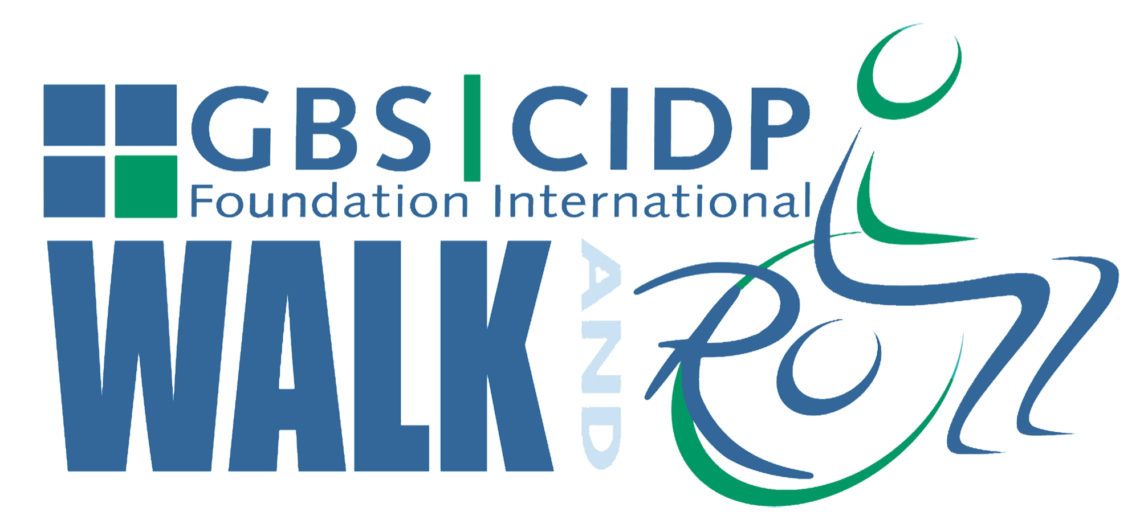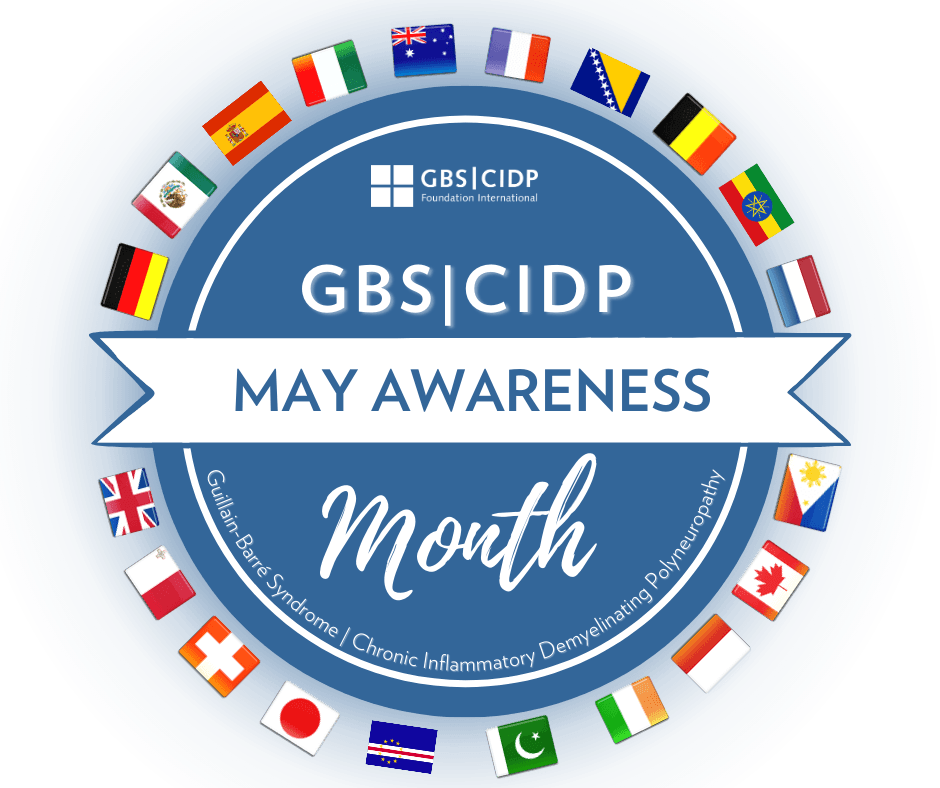What is Guillain-Barré Syndrome (GBS)?
Guillain-Barré (Ghee-yan Bah-ray) Syndrome is an inflammatory disorder of the peripheral nerves outside the brain and spinal cord.
It’s also called:
- Acute Inflammatory Demyelinating Polyneuropathy
- Landry’s Ascending Paralysis
GBS is characterized by the rapid onset of numbness, weakness, and often paralysis of the legs, arms, breathing muscles, and face. Paralysis is ascending, meaning that it travels up the limbs from fingers and toes towards the torso. Loss of reflexes, such as the knee jerk, are usually found.
What causes GBS?
The cause is unknown. We do know that about 50% of cases occur shortly after a microbial infection (viral or bacterial), some as simple and common as the flu or food poisoning. Some theories suggest an autoimmune trigger, in which the patient’s defense system of antibodies and white blood cells are called into action against the body, damaging myelin (nerve covering or insulation), leading to numbness and weakness.
How is GBS diagnosed?
To confirm a diagnosis, two tests may be performed:
- A lumbar puncture looking for elevated fluid protein
- Electrical test of nerve and muscle function
How is GBS treated?
GBS in its early stages is unpredictable, so except in very mild cases, most newly diagnosed patients are hospitalized. Usually, a new case of GBS is admitted to ICU (Intensive Care) to monitor breathing and other body functions until the disease is stabilized. Plasma exchange (a blood “cleansing” procedure) and high dose intravenous immune globulins are often helpful to shorten the course of GBS.The acute phase of GBS typically varies in length from a few days to months, with over 90% of patients moving into the rehabilitative phase within four weeks. Patient care involves the coordinated efforts of a team such as a neurologist, physiatrist (rehabilitation physician), internist, family physician, physical therapist, occupational therapist, social worker, nurse, and psychologist or psychiatrist. Some patients require speech therapy if speech muscles have been affected.
Variants
There are many variants of GBS, but they all share the characteristic of being ‘rapid onset’:
- Acute Inflammatory Demyelinating Polyneuropathy (AIDP) 75% – 80% of cases fall into this ‘classic’ category
- Acute Motor Axonal Neuropathy (AMAN) Similar to AIDP, but without sensory symptoms
- Acute Motor Sensory Axonal Neuropathy (AMSAN) Severe variant of GBS more prevalent in Asia, Central America, and South America
- Miller Fisher Syndrome Characterized by double vision, loss of balance, and deep tendon reflexes
Living with GBS
Recovery may occur over six months to two years or longer. A particularly frustrating consequence of GBS is long-term recurrences of fatigue and/or exhaustion as well as abnormal sensations including pain and muscle aches. These can be aggravated by ‘normal’ activity and can be alleviated by pacing activity and rest.


